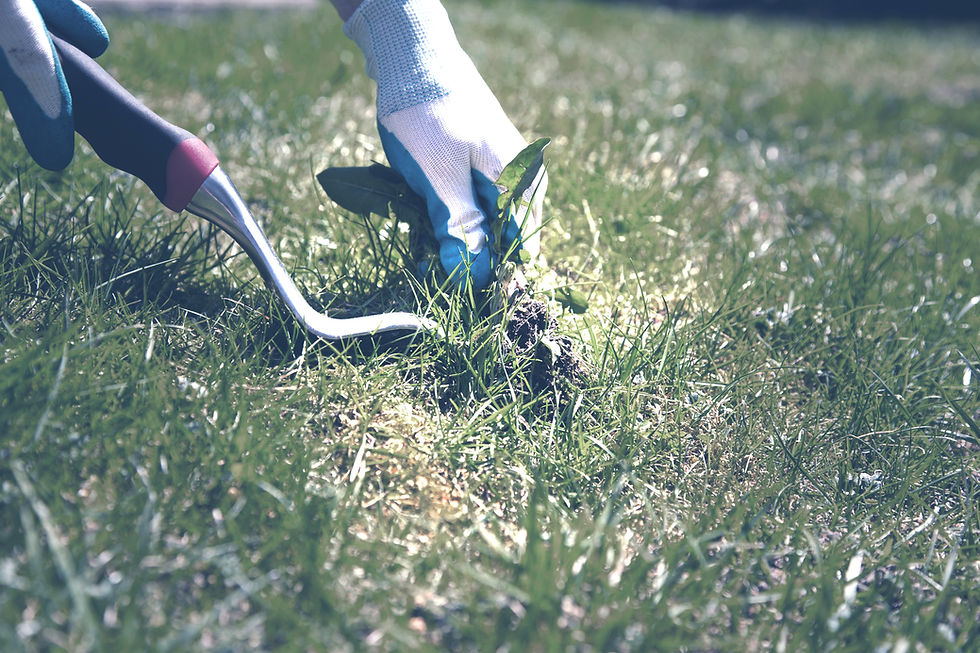🌿 6 Weeds That Are Actually Useful in Your Garden
- stony642002
- Jun 12
- 3 min read
Most people treat weeds like the enemy—pull them, spray them, curse them. But not every “weed” is useless. Some of these plants you’ve been yanking out without a second thought actually do more good than harm.
If you’ve got a yard or garden that’s been growing wild, take a closer look before you pull everything out. These six weeds might deserve a spot in your garden.
1. Dandelions – Not Just a Nuisance
Yeah, they spread like wildfire, but dandelions aren’t all bad. Their long taproots help break up compacted soil and pull nutrients from deep underground. When those leaves die back, they return nutrients to the top layer of soil—kind of like a natural compost.
Bonus? Bees love the flowers early in the season when not much else is blooming. And if you’re into foraging, the young leaves are edible (just make sure they haven’t been sprayed with chemicals).
2. Purslane – Low-Growing Ground Cover with Benefits
This little succulent-looking weed usually creeps along the ground in sunny spots. People hate it, but it’s actually packed with omega-3 fatty acids and is totally edible. Purslane also helps shade the soil, keeping it moist longer during the hot months.
It’s not invasive like some other weeds, and if you keep it under control, it can actually be helpful—especially around bare soil.
3. Chickweed – Soft, Small, and Bee-Friendly
Chickweed is one of those tiny weeds with little white flowers. It grows low to the ground and creates a green carpet wherever it spreads. While it can be aggressive, it’s not hard to pull out when you’ve had enough.
The flowers are a food source for pollinators, and the whole plant is edible—if you’re into that kind of thing. It’s also a “living mulch” that keeps soil from drying out too fast.
4. Clover – The Free Fertilizer
White or red clover often gets a bad rap in lawns, but this is one of the best nitrogen-fixers you can get. That means it pulls nitrogen from the air and puts it back into your soil, feeding nearby plants naturally.
Clover attracts bees, adds nutrients, and stays green through tough heat. If you’ve got patches of it, consider leaving some around your veggie beds or flower garden.
5. Broadleaf Plantain – Nature’s First Aid Kit
This plant is found in nearly every yard and sidewalk crack. Its broad, ribbed leaves look boring, but plantain is known for its healing properties. Got a bug bite or sting while gardening? Rub a leaf on it. Old-school remedy, but many still swear by it.
Its roots also pull minerals up from deeper soil layers and loosen compacted ground. Plus, it grows where soil is disturbed—so it can actually tell you where your yard needs some love.
6. Lamb’s Quarters – The Wild Spinach
You’ve probably pulled this one a hundred times. It looks dusty or powdery near the top, but that’s just how it grows. Lamb’s quarters is a cousin to spinach and full of nutrients.
You can eat the young leaves just like spinach (again, no pesticides). It’s one of those weeds that shows up in neglected garden spots, but it doesn’t mean your garden’s a mess—it just means your soil is rich enough to grow something nutritious without you even trying.
Final Thoughts
Not every weed is your enemy. Some are helping your garden without you even knowing it—by feeding pollinators, improving your soil, or even feeding you if you’re into foraging.
Before you clear out every last plant, take a closer look. Some of those “weeds” might just be pulling more than their weight.






Comments